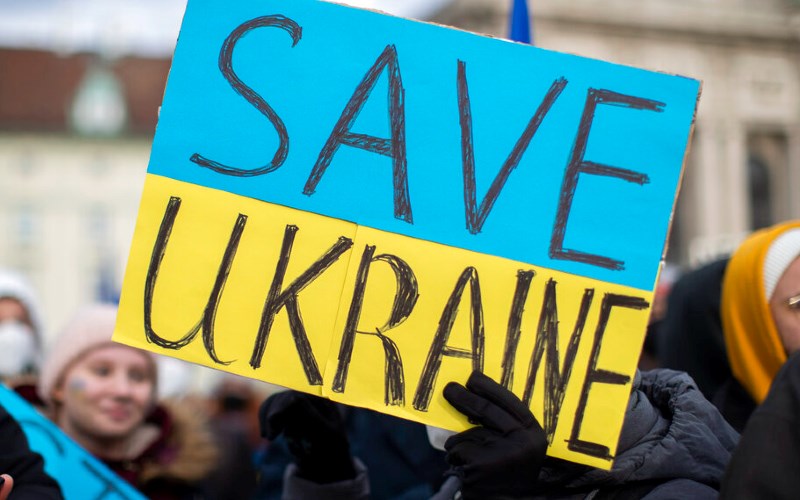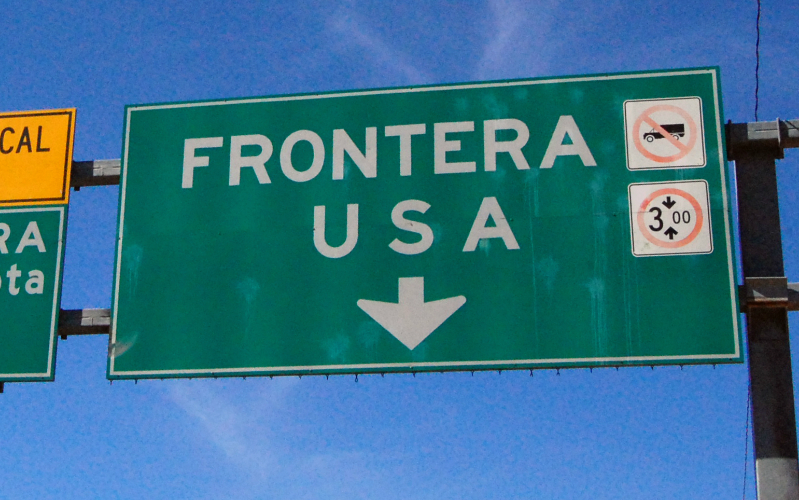“What’s been accomplished?” military analyst Bob Maginnis, of the Family Research Council, says of the war that began a year ago on February 24. “Clearly, Russia has been stalled in Ukraine.”
 Even though an attack was expected, Russia hit Ukraine hard with a blitzkrieg-like push that had advanced to within 20 miles of the capital, Kyiv, just two weeks after the invasion. Russian troops also advanced from the northeast, near the town of Suny, which put them roughly within 37 miles from the capital city, an ABC News story reported at the time.
Even though an attack was expected, Russia hit Ukraine hard with a blitzkrieg-like push that had advanced to within 20 miles of the capital, Kyiv, just two weeks after the invasion. Russian troops also advanced from the northeast, near the town of Suny, which put them roughly within 37 miles from the capital city, an ABC News story reported at the time.
There were credible reports at the time, the news story said, that Ukrainian troops were fighting Russian recon troops in “minor skirmishes” within the city itself at the time.
Biden: ‘Americans stand with you’
Those early news reports of an unstoppable Russian army, and a besieged capital city, might seem like a lifetime ago considering President Biden walked the city streets this week with Ukraine’s president to demonstrate the U.S. supports Ukraine’s fight to push Russia out.
“One year later, Kyiv stands,” Biden declared in a speech with President Volodymyr Zelensky standing beside him. “And Ukraine stands. Democracy stands. The Americans stand with you, and the world stands with you.”
Yet that support only goes so far. NATO has not responded to Ukraine’s desperate plea, made five months ago, to join the military alliance in a “fast-track” bid for membership. The reason for that rejection is simple: NATO would be joining the war.
 NATO’s refusal to declare a “no-fly zone” over Ukraine follows the same logic: NATO fighter jets would be knocking door Russia’s fighter jets, and then comes World War III.
NATO’s refusal to declare a “no-fly zone” over Ukraine follows the same logic: NATO fighter jets would be knocking door Russia’s fighter jets, and then comes World War III.
According to Maginnis, NATO’s support for Ukraine is complicated by corruption.
“They’re generally a corrupt people to a certain degree,” he tells AFN, “because of their relationship with the oligarchs, and the Russians, and the like.”
In the new GOP-led Congress, House Republicans are demanding “accountability” for the billions in financial help pouring into Ukraine while also publicly supporting the country’s war to push Russia out.
 James Carafano, a national security expert at The Heritage Foundation, tells AFN the U.S. investment in Ukraine so far – more than $100 billion to date – is a good investment for NATO.
James Carafano, a national security expert at The Heritage Foundation, tells AFN the U.S. investment in Ukraine so far – more than $100 billion to date – is a good investment for NATO.
“If you take all the money that we've spent in NATO in the last decade, deterring the Russians, we actually accomplished more money by diminishing the Russian threat,” he reasons. “Because Vladimir Putin was stupid enough to fight this war this way, by having the Ukrainians do it, than we actually spent in NATO."
Russia’s appearance on NATO’s doorstep has helped that alliance, too, Carafano says, because those countries have suddenly awakened to the threat and are spending more on national defense.
“I think that’s very important,” he says of Europe investing in national defense, “and very healthy.”
Leopard tanks ‘new level of confrontation’
Back in Poland, a day after his visit to Ukraine, President Biden delivered a glowing speech declaring democracies all across the world “will stand guard over freedom today, tomorrow, and forever.”
 Yet news reports credit President Biden for refusing to give NATO-owned fighter jets to Ukraine, citing a red line in NATO’s proxy war with Russia. Even though the U.S. is giving Ukraine artillery, Humvees andM2 Bradley fighting vehicles, and now main battle tanks, somehow fighters jets have been viewed as a bridge too far.
Yet news reports credit President Biden for refusing to give NATO-owned fighter jets to Ukraine, citing a red line in NATO’s proxy war with Russia. Even though the U.S. is giving Ukraine artillery, Humvees andM2 Bradley fighting vehicles, and now main battle tanks, somehow fighters jets have been viewed as a bridge too far.
Back in January, AFN reported Germany agreed to the transfer of Leopard 2 tanks after weeks of pressure from NATO allies Finland and Poland to do so. More than 100 of the German-made Leopard tanks, and 14 M1 tanks from the U.S., are now headed to Ukraine or are already there on the front lines.
Sure enough, Russia’s ambassador to Germany said transferring the tanks “takes the conflict to a new level of confrontation.”
And that escalation is only escalating. Russia and the U.S. blamed each other after the suspicious explosion of the Nord Stream pipelines five months ago, and a controversial article published last month claimed the U.S. planted the bombs, with help from Norway, under the cover of a NATO naval exercise.
 Moscow’s intelligence services have accused the U.S. and Great Britain of collaborating on sabotaging the Russian-owned pipelines.
Moscow’s intelligence services have accused the U.S. and Great Britain of collaborating on sabotaging the Russian-owned pipelines.
This week, Russia officially asked the UN Security Council to investigate the accusations of sabotage, Fox News reported. Meanwhile, the ambassadors from Denmark, Sweden, and Germany state in a letter to the Security Council they believe the pipelines were damaged by “powerful explosions due to sabotage,” the story stated.
By now, five months later, it’s unlikely the country that did carry out the sabotage operation – either the U.S. or Russia – remains a secret among the NATO members and Moscow.

In another example of escalation, almost a year ago, in a previous speech in Poland, President Biden declared Putin "cannot remain in power" after invading Ukraine. That vow by the U.S. president to remove Russia's president was walked back by the White House hours later.

Last week, speaking at the Munich Security Conference, Vice President Kamala Harris accused Putin of overseeing war crimes in Ukraine and said he and others "will be held to account."
If the daily stories from British newspaper are true, such as Putin is assassinating his enemies with open windows and gravity, it appears he must defeat Ukraine or face a successful coup in Moscow and a UN war crimes trial.
The threat of a nuclear exchange has not diminished, either. Norway's military announced this week two Russian warships, armed with tactical nukes, have deployed in the Baltic Sea for the first time since the Soviet Union broke apart.
 In the early weeks of the war, Russia's nuke threat was making headlines because of Moscow's military doctrine to use tactical nukes on the battlefield to gain an advantage and also, more ominously, if Russia's generals fear NATO forces can march into Moscow.
In the early weeks of the war, Russia's nuke threat was making headlines because of Moscow's military doctrine to use tactical nukes on the battlefield to gain an advantage and also, more ominously, if Russia's generals fear NATO forces can march into Moscow.
Putin this week also announced Russia was withdrawing from a nuclear arms treaty with the U.S.
Asked about the START treaty, Carafano downplays Putin's announcement because the U.S. is capable of monitoring Russia's arsenal anyway. The bigger nuclear threat is China, he warns, which is quickly catching up to the U.S. and Russia.
"It seems as if our world is inching closer and closer every day to Armageddon. We need to pray that God would open up a door for Russia’s President Putin and Ukraine’s President Zelensky to find a resolution to this war." - Rev. Franklin Graham, Twitter, Feb. 22
In fact, the Ukraine war has pushed China and Russia together over the past year, too, and China's top diplomat met with Putin this week in Moscow. China's leader, Xi Jinping, is set to visit Putin soon.
Meanwhile, as the war hits the one-year mark, Russia summoned the U.S. ambassador this week and demanded the U.S. stop sending military aid to Ukraine and end its “current aggressive course,” The Hill reported.
Asked by reporters about Moscow’s demands, National Security Council spokesman John Kirby said the U.S. will support Ukraine’s war against Russia “as long as it takes.”







